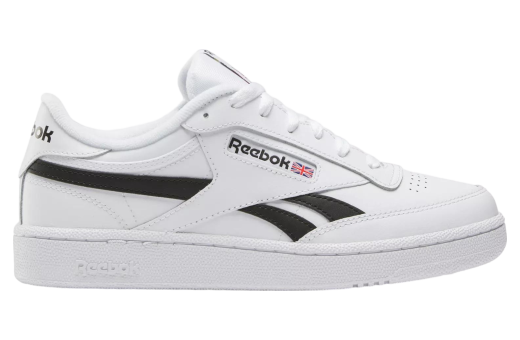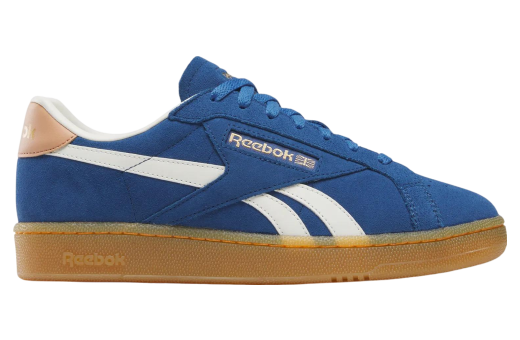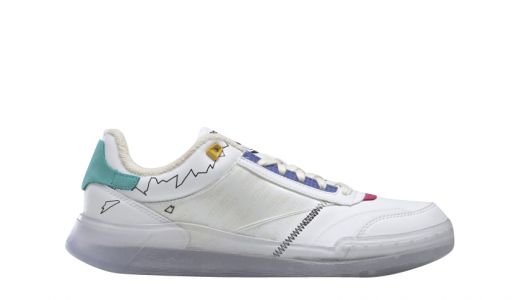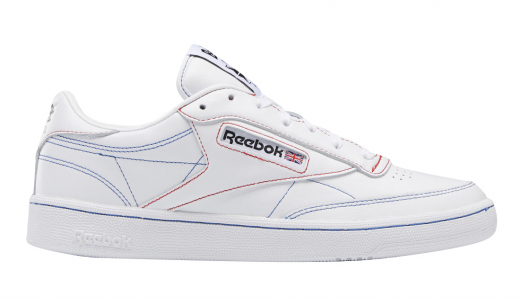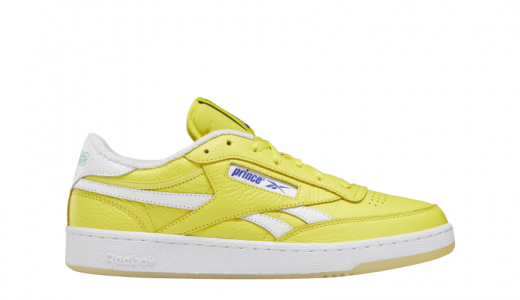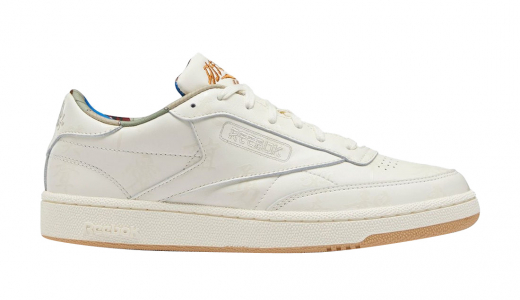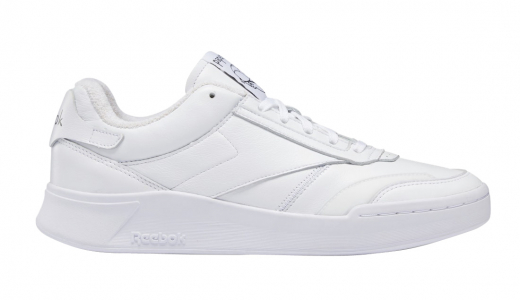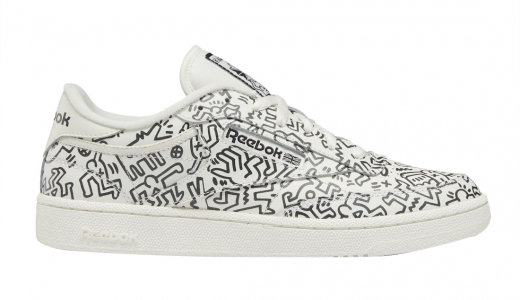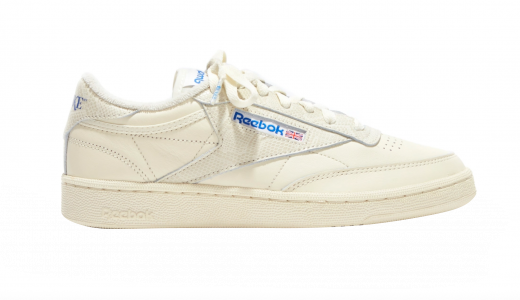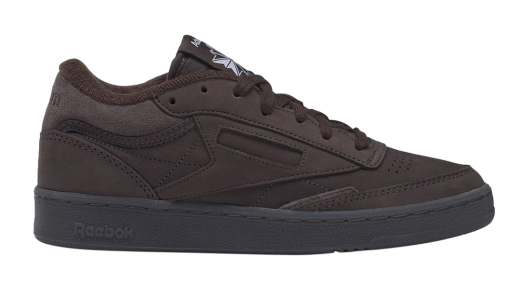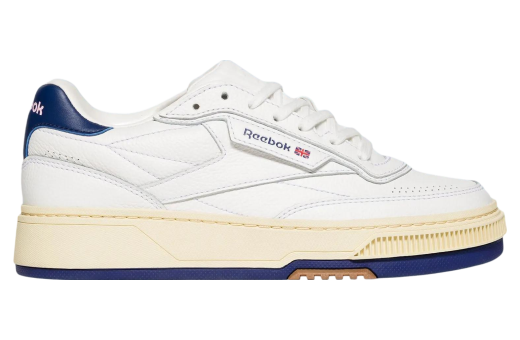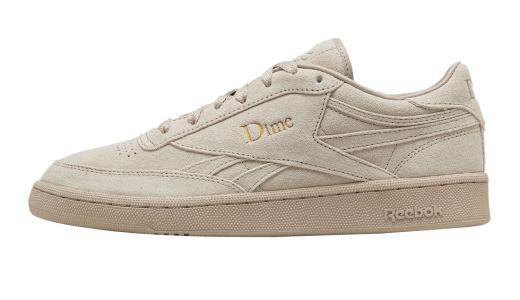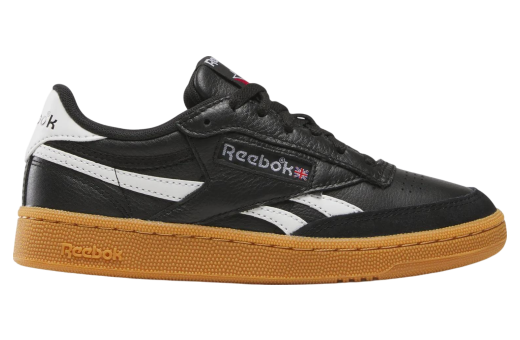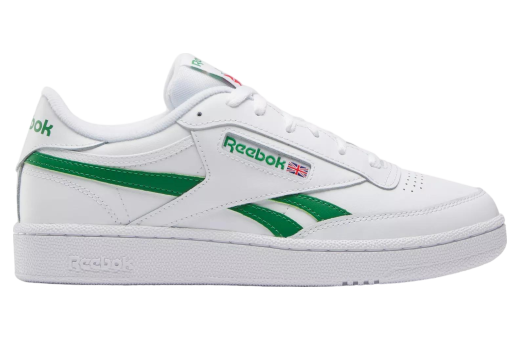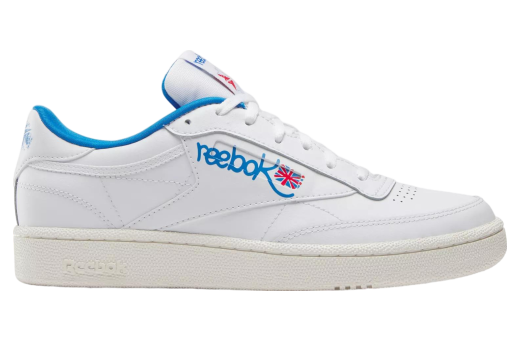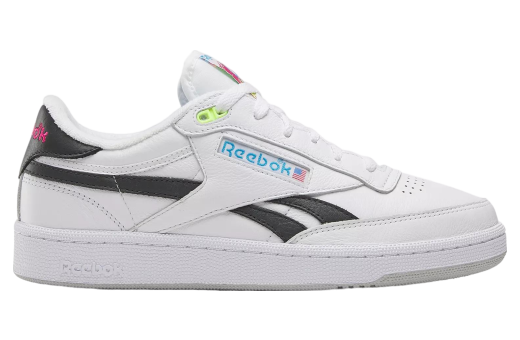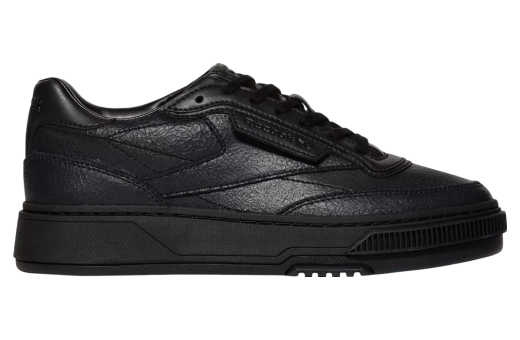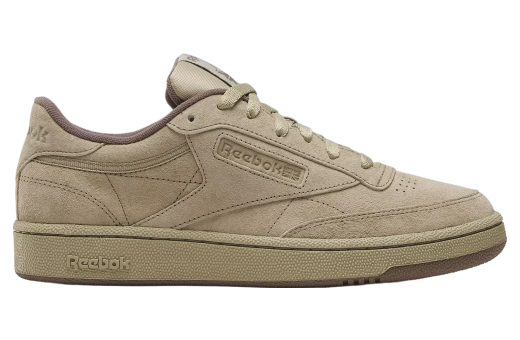Reebok Club C
The Reebok Club C is a classic sneaker that has carved out a prominent place in the landscape of athletic and casual footwear since its introduction in the 1980s. Initially designed as a performance tennis shoe, the Club C quickly transcended its original athletic context to become a staple of street fashion. The sneaker is lauded for its clean, minimalist design, featuring a low-cut silhouette, durable leather uppers, and a simple yet striking Reebok logo. Its versatility and timeless aesthetic make it a go-to option for a wide range of outfits and occasions, bridging the gap between sporty performance and everyday wear.
Beyond its iconic design, the Reebok Club C is also known for its comfort and durability. The shoe is built with a highly supportive EVA midsole and a padded foam sockliner, ensuring long-lasting comfort whether you're hitting the court or walking city streets. The durable rubber outsole provides excellent traction, adding to the shoe’s practicality. Over the years, Reebok has released various iterations and collaborations of the Club C, incorporating modern materials and design updates while maintaining the classic essence of the original. This enduring popularity speaks to its broad appeal, continually attracting both longtime fans and new enthusiasts looking for a reliable, stylish sneaker.
History of Reebok Club C
The Reebok Club C is an enduring classic in the pantheon of tennis shoes, reflecting a rich history that intertwines with the rise of the fitness culture in the 1980s as well as the evolving trends in streetwear. Launched in 1985, the Club C initially found its footing on the tennis courts but has since transcended into a versatile staple in casual and athletic footwear.
The story of the Reebok Club C begins in Bolton, Lancashire, England, where J.W. Foster and Sons, a pioneering footwear company established in 1895, later rebranded as Reebok in 1958. The 1980s marked a significant era for Reebok, as the company leveraged the burgeoning fitness movement to propel itself onto the global stage. The Club C, introduced in 1985, stood as a testament to Reebok’s commitment to merging performance with style.
Originally named Club Champion, the shoe's design epitomized the clean and minimalist aesthetics characteristic of the 1980s tennis footwear. Crafted predominantly from white leather, the Club C was both functional and fashionable, offering something that appealed to tennis players for its durability and to sneaker enthusiasts for its understated elegance. Its simple design, often accented with a tiny Reebok logo and the Union Jack flag, resonated with consumers and set a precedent for luxury in athletic shoes.
During the Club C’s development, Reebok focused on creating a shoe that addressed the specific needs of tennis players. The "C" in Club C stood for "Champion," highlighting the brand's aspiration to outfit top athletes. The shoe featured a soft leather upper for flexibility and comfort, a high-abrasion rubber outsole that provided traction and durability, and a terry cloth lining that offered improved moisture absorption. Together, these aspects made the Club C a go-to choice for professional and amateur tennis players alike.
As the popularity of tennis shoes spilled over from the courts into everyday fashion, the Club C benefited from this cultural shift. The 1980s saw fitness becoming an integral part of the lifestyle for many, merging sportswear with casual wear. The shoe became a symbol of this crossover, effortlessly moving from athletic performance to street style. This phenomenon was further bolstered by celebrities and influencers of the time, who adopted and popularized the Club C as part of their casual attire.
The Club C's transition from tennis courts to urban streets was also facilitated by the rise of hip-hop culture. Hip-hop, which gained significant traction in the 1980s, was a movement that thrived on expression and individuality, and sneakers played a critical role in this space. The clean, versatile look of the Club C resonated with hip-hop artists and enthusiasts, linking Reebok with a distinctly urban identity.
The 1990s and early 2000s saw the Club C's presence waning somewhat. As fashion trends evolved, and new sneaker designs captured the public’s attention, sell-through rates slowed. However, the decline was only temporary. The late 2000s and early 2010s marked the resurgence of retro styles, sparked by a broader trend in the fashion world towards nostalgia and vintage aesthetics. This saw many classic sneaker models being reintroduced, including the Reebok Club C.
This resurgence was strategic and multifaceted. Reebok tapped into collaborations with various artists, designers, and brands to revitalize the Club C and appeal to a new generation. Notable collaborations included partnerships with musicians like Kendrick Lamar and fashion powerhouses. These collaborations injected fresh life and relevance into the Club C, often introducing limited-edition models that became highly sought after in the sneaker community.
Social media also played a pivotal role in this revival. Platforms like Instagram provided a space for sneaker enthusiasts, celebrities, and fashion influencers to showcase the versatility of the Club C in various styles and settings, from casual streetwear to high fashion. The platform’s visual nature perfectly suited the Club C's aesthetic appeal, further fueling its resurgence.
Additionally, the minimalist and functional design of the Club C began to attract interest from the burgeoning "athleisure" market. This trend melds athletic and leisure elements, emphasizing comfort, simplicity, and versatility. The Club C, with its classic silhouette and universal appeal, fit seamlessly into this trend, allowing Reebok to tap into yet another market segment.
The Club C's dynamic history reflects broader socio-cultural and economic trends. Its inception during the fitness boom of the 1980s, its decline in the face of new sneaker technologies and designs, and its revival driven by nostalgia and the power of social media, are all indicative of the evolving landscape of sports and fashion industries.
Through these different phases, some things remained constant. The Club C always maintained its classic design, emphasizing simplicity and functionality. Its white leather construction became a canvas for self-expression, evolving through numerous colorways and special editions while always rooting itself in the original DNA that made it an icon.
Moreover, the Club C's journey underscores Reebok’s resilience and adaptability as a brand. By continuously reimagining and reintroducing this classic model, Reebok showcased its ability to remain relevant and influential in the ever-competitive sneaker market.
Looking at the broader impact of the Club C, one cannot overlook its contribution to sneaker culture. Today, sneaker culture is an intricate tapestry of enthusiasts, collectors, and influencers who treat sneakers as both fashion statements and valuable commodities. The Club C, with its rich history and iconic status, is a coveted piece in this culture, embodying the interplay between sport, fashion, and identity.
The durability and timelessness of the Club C have also translated into a commitment to sustainability. In recent years, Reebok has introduced more eco-friendly versions of the Club C, featuring materials like recycled leather and plant-based alternatives. This modern iteration reflects the growing consumer demand for sustainable products while staying true to the classic design and quality that the Club C is known for.
In its over 35-year journey, the Reebok Club C has evolved from a functional tennis shoe to a beloved fashion staple, traversing across sports, streetwear, hip-hop culture, and beyond. It stands as a symbol of Reebok’s rich heritage and its ability to innovate while honoring its past. The Club C’s enduring legacy is a testament to the power of simplicity, quality, and the continual blending of form and function.
As we continue into the 2020s, the Club C remains a critical part of Reebok’s lineup, celebrated not just for its nostalgic value but for its ongoing relevance in a fast-paced, ever-changing fashion world. Whether on the tennis court, the streets, or the runway, the Club C continues to be a versatile and iconic shoe that speaks to generations of footwear enthusiasts.
